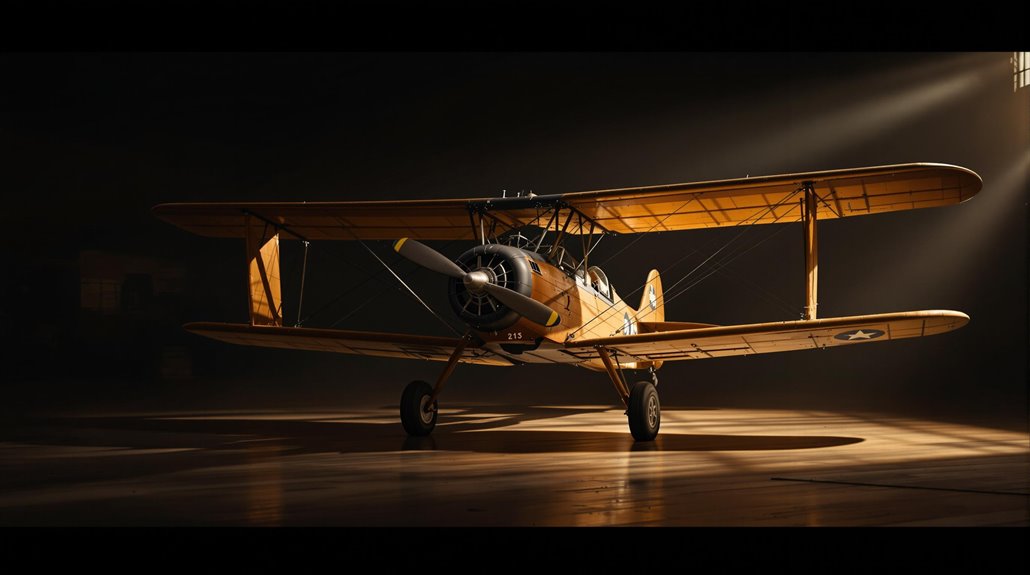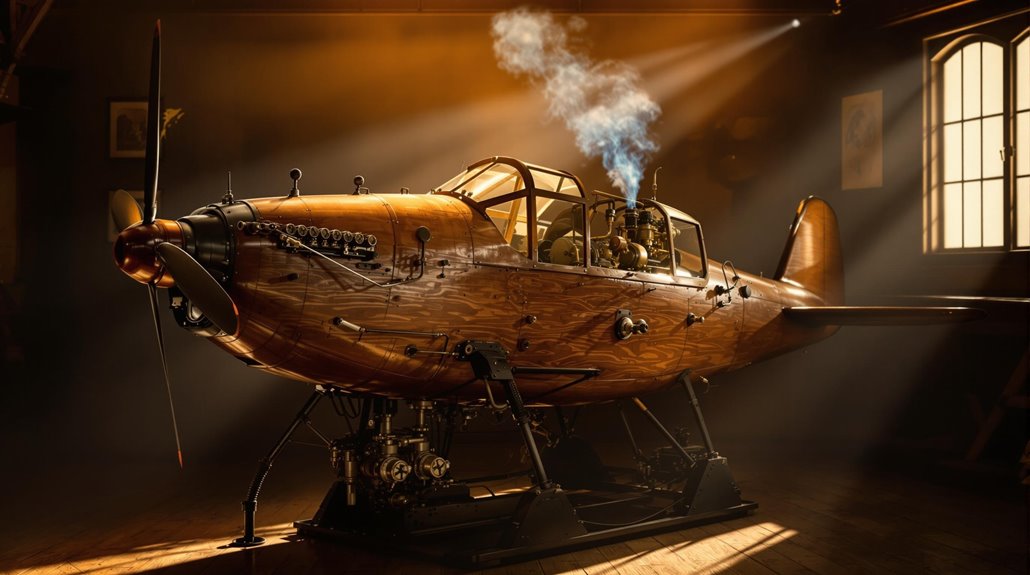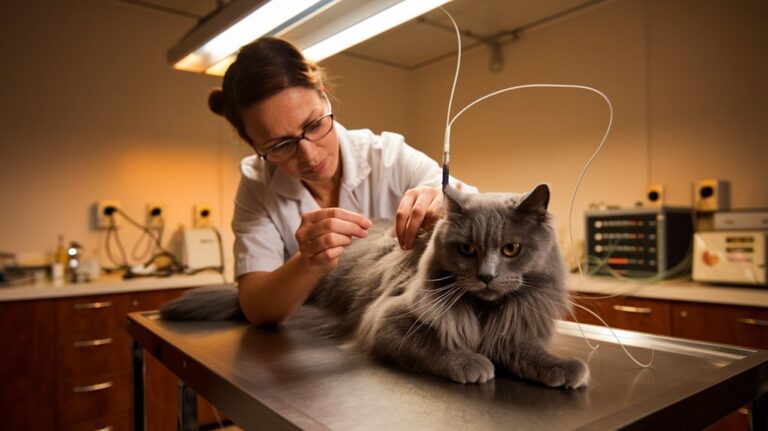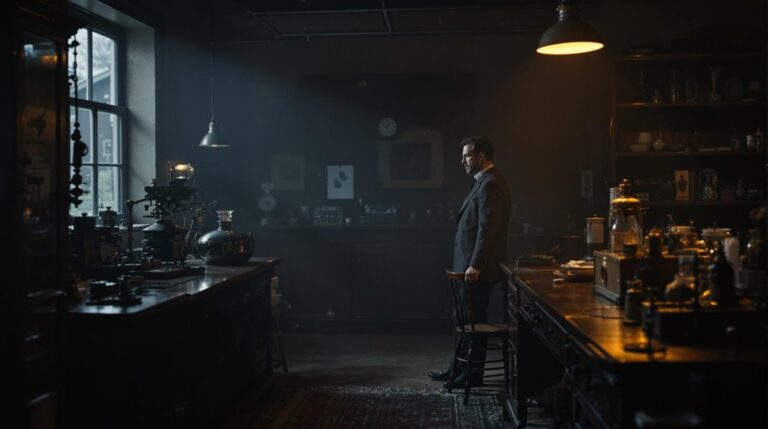WWII’s Steampunk Flight Simulator That Helped Win the War
Like Da Vinci's early sketches of flying machines, you'll find a curious blend of art and engineering in WWII's most peculiar training device. You've probably never heard of the Link Trainer, but this blue, coffin-shaped box revolutionized how pilots learned to fly during wartime. It wasn't much to look at—just plywood, bellows, and organ parts—but this steampunk simulator trained over a million Allied pilots and helped turn the tide against the Luftwaffe. Let's explore how this strange contraption changed aviation history.
The Birth of the "Blue Box" Fighter Training Machine
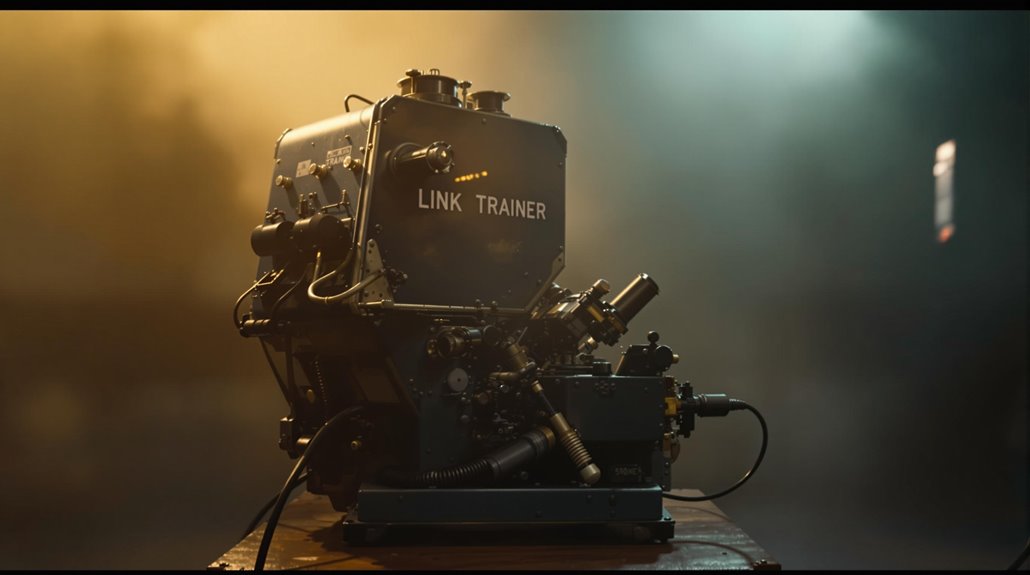
While many associate WWII aviation with roaring engines and aerial dogfights, a humble blue contraption revolutionized pilot training during this pivotal era. The Link Trainer, nicknamed the "Blue Box," emerged from Edwin Link's innovation origins in 1929, transforming how pilots learned to fly by instruments.
You'd be surprised to learn that Link drew inspiration from organ bellows technology to create realistic motion simulation. His device proved its military necessity when the US Army Air Corps made their first purchase in 1934. The tremendous need for skilled pilots led to Beechcraft AT-11 trainers being used to prepare 90 percent of bombardiers.
The trainer's genius lay in its ability to safely teach instrument flying through simulated pitch, roll, and yaw movements while keeping pilots firmly on the ground. This cost-effective solution featured a removable hood and functioning flight instruments, making it the perfect platform for mastering blind flying techniques. The simulator's effectiveness was proven during World War II when over 500,000 pilots were trained using the Blue Box in the United States alone.
From Pipe Organs to Pilot Training: Ed Link's Innovation
The remarkable journey of Edwin Link from pipe organs to pilot training showcases how genius can emerge from unexpected places.
You'll find that his innovation inspiration came directly from his family's piano and organ business, where he mastered the intricacies of pneumatic systems.
Working nights in his factory basement, Link transformed aviation technology by adapting organ components into flight simulation controls. His early struggle to find acceptance led him to sell his trainers to amusement parks while seeking broader recognition. The simulator proved so effective that his brother managed to solo after minimal training in an actual aircraft.
- Used organ valves, bellows, and motors to create realistic flight controls
- Applied pneumatic systems knowledge from musical instruments
- Developed sequential lighting and organ pipes for advertising planes
- Spent 1.5 years perfecting his design in secret
This high school dropout's inventiveness turned pipe organ mechanics into a revolutionary training device that would go on to prepare over 500,000 pilots during WWII, fundamentally changing aviation education forever.
Inside the Strange Mechanics of a Link Trainer
Beneath its modest exterior, Link's flight trainer housed an ingenious network of pneumatic systems and mechanical controls that perfectly mimicked real aircraft behavior.
You'd find a unique vacuum-driven system at its core, powered by a four-stage centrifugal compressor that controlled the simulator's movements through strategically placed bellows. A clever rough air generator created realistic turbulence effects that challenged pilots during training sessions.
The flight simulation relied on modified pressure gauges to display key readings like altitude and airspeed, while a pendulum-based artificial horizon helped you maintain orientation. The training experience was enhanced by students wearing pilot earphones to receive instructions during their simulated flights.
From the instructor's desk, your teacher could track your progress using a three-wheeled course plotter and introduce various flight conditions.
The entire system worked through four pneumatic bellows mounted on a rotating cross-arm, allowing you to experience realistic climbs, dives, rolls, and spins just like in a real aircraft.
Half a Million Allied Pilots Mastered Flight in the Box
Over half a million U.S. pilots honed their skills in Link's iconic "Blue Box" during World War II, with the total number of Allied aviators exceeding one million across 35 nations.
The trainer's impact on pilot proficiency was so significant that Air Marshal Robert Leckie credited it for helping defeat the Luftwaffe.
At peak production, you'd see a new trainer rolling off the line every 45 minutes, with manufacturing expanding to Gananoque, Canada to meet the surging demand. The trainers featured a bright blue fuselage with distinctive yellow wings that responded to pilot controls.
The training efficiency was remarkable, as pilots could master flight basics without the stress of actual flying. Edwin Link's invention operated using vacuum pressure systems adapted from his experience with player pianos.
- Standard equipment at every Allied air training school
- Essential component of British Commonwealth Air Training Plan
- Featured removable opaque canopy for instrument training
- Recognized as cost-effective method to improve pilot skills
How a Plywood Box Changed Modern Aviation Forever
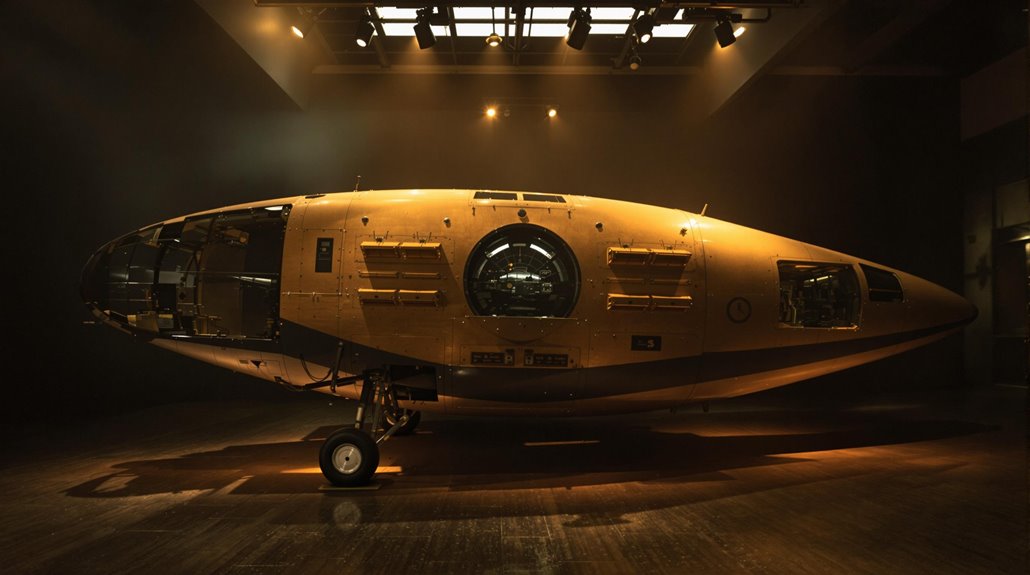
In 1929, an ingenious inventor named Edwin Link transformed aviation training with a deceptively simple plywood box. His creation, dubbed the "Pilot Maker," would revolutionize training techniques and reshape aviation evolution for decades to come.
You'd never guess that this contraption, powered by vacuum pressure and pneumatic bellows, could simulate every aspect of flight. Inside the wooden fuselage, student pilots experienced realistic climbs, dives, rolls, and even the heart-stopping sensation of spins. The trainer's ability to simulate pre-stall turbulence made it an invaluable tool for emergency training. The device proved essential for pilots learning to handle G-forces up to 9-Gs when combined with new safety innovations.
Link's invention proved so effective that by 1941, it was training pilots in 35 countries.
What started as a "mechanical hobby horse" became the cornerstone of modern flight simulation. Today, Link's legacy lives on in sophisticated aerospace simulators, but it all began with an innovative plywood box that helped secure Allied victory.

